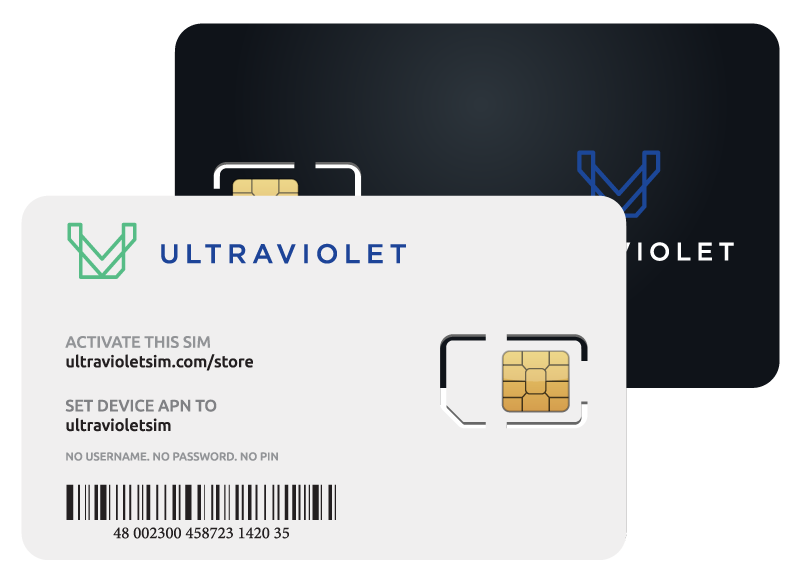
If you are not familiar with the term “IoT SIM card,” you are not alone. Many people have never heard of it before. But don’t worry, we are here to help! In this blog post, we will explain what an IoT SIM card is and what its benefits are. We will also provide a guide on how to choose the right one for your needs. So if you’re ready, let’s get started!
An IoT SIM card is a type of SIM card that is specifically designed for use with internet-of-things devices. These devices include, but are not limited to, smart home appliances, security cameras, and connected vehicles. One of the main benefits of using an IoT SIM card is that it allows your device to connect to the internet without the need for a traditional landline or Wi-Fi connection. This can be extremely helpful if you live in an area where landlines are not available or if you want to avoid using public Wi-Fi hotspots. Another benefit of using an IoT SIM card is that it often comes with data plans that are specifically tailored for internet-of-things devices. This means that you can save money on your monthly data bill by using an IoT SIM card.
Now that you know what an IoT SIM card is and what its benefits are, you may be wondering how to choose the right one for your needs. The first step is to determine which type of connection you need. If you only need 2G or slow internet speeds, then any IoT SIM card will suffice. However, if you require faster speeds, then you will need to choose a card that offers either 2G/EDGE or 2G/EDGE/LTE connectivity. The next step is to decide how much data you will need each month. For most people, a data plan with 2GB of data will be more than enough. But if you plan on using your device for heavy data usage, such as streaming video or downloading large files, then you may need a data plan with more than 2GB of data.
Once you have determined which type of IoT SIM card you need and how much data you will require each month, the next step is to choose a provider. There are many different providers that offer IoT SIM cards, so it’s important to do your research before making a decision. Some things you may want to consider include the price of the data plan, the coverage area, and the customer service. Once you have chosen a provider, all that’s left to do is activate your card and start using it!
2G, also known as 2nd Generation Wireless Systems or 2G Cellular Networks is a wireless communication standard that superseded first-generation analog cellular networks in the early 1990s. 2G data services allowed digital voice calls and text messages to be sent over GSM network infrastructure.
In the early 2000s, 2G technologies were replaced by more high-speed data-transmission technologies such as UMTS/HSPA/HSDPA (collectively known as “third generation” or “WCDMA”), EVDO and CDMA2000 (both collectively known as “fourth generation” or “LTE”). Despite this, 2G networks are still in use in parts of the world as of 2019.
Some IoT SIM cards offer 2G/EDGE connectivity, which is a slower data-transmission standard than 2G/WCDMA or 2G/LTE. If you only need speeds of up to 200 kbps, then an IoT SIM card with 2G/EDGE connectivity will be more than sufficient. However, if you require faster speeds, then you should choose a card that offers either 2G/WCDMA or 2G/LTE connectivity.
In addition to 2G connectivity, some IoT SIM cards offer LTE (fourth generation) connectivity. LTE is a high-speed data-transmission standard that offers speeds of up to 100 Mbps. If you need a card that offers faster speeds than 2G/EDGE, then you should choose a card that offers LTE connectivity.
Most providers offer data plans with 2GB of data, but some may offer more or less depending on your needs. If you plan on using your device for heavy data usage, such as streaming video or downloading large files, then you may need a data plan with more than 2GB of data.
When choosing an IoT SIM card provider, it’s important to do your research and compare the prices and features of different providers. Some things you may want to consider include the price of the data plan.
We hope this blog post has been helpful in explaining what an IoT SIM card is and how to choose the right one for your needs. If you have any further questions, please feel free to contact us. Thank you for reading!
©2023 Ultravioletsim
Terms
Privacy